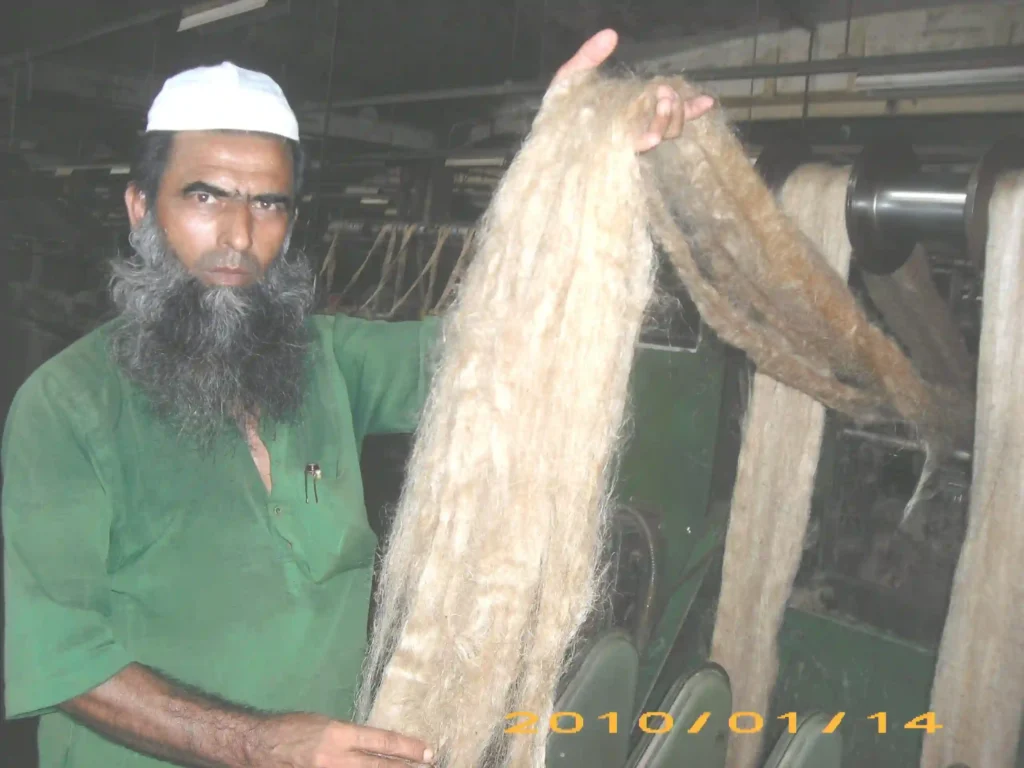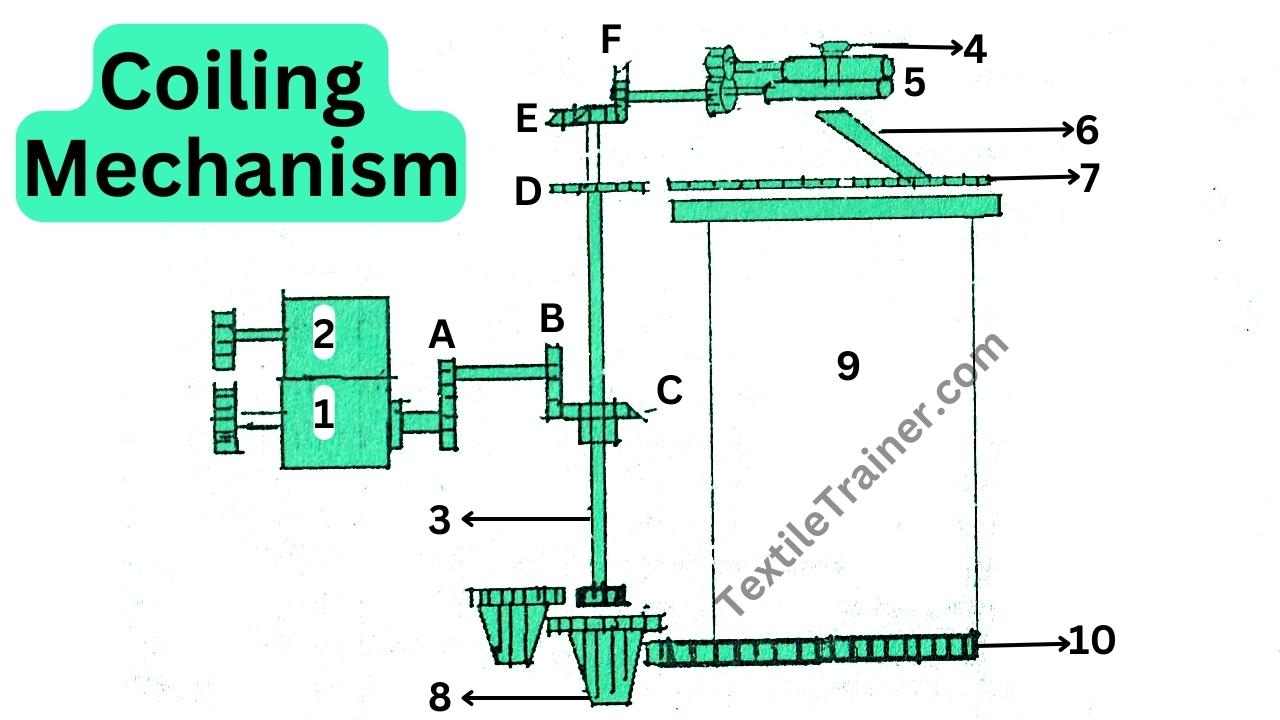What is Batch and Batching of Jute ? 10 Factor and Defect
What is Batch and Batching of Jute ?
Batch: The word batch refers to the blend of different jute types that suit particular classes of yarns being spun. In other words, blends of dissimilar types of jute are made to adjust the detailed bird of yarns being spun. We refer to this blend as ‘the batch.’
For example, to gain 10 lbs/spindle Hessian warp yarn next batch element is taken nether consideration.
| White C-35% | 40 bales |
| White X-35% | 30 bales |
| Tossa-30% | 30 bales |
| Total-100% | 100 bales |
Batching: The sequence of operations at the beginning of the jute spinning process depends on the type of yarn being produced. Generally, the spreader is used for better grades, such as those destined for hessian fabrics, where the raw material is long jute with the root end cut off. However, the jute is passed over the softener for the poorer grades of yarn because the raw material is short. The material prevents the spreader from being used. Because of this division, both systems will be treated separately, but before doing so, discussing some terms that apply to both is worthwhile.
It has already been stated that ‘batching’ refers to the addition of oil and water to jute, but the term is being used to describe associated features at this stage. Jute is taken from the bale and prepared for carding at the batching house. A blend of different types of jute is made to suit the particular yarn class being spun. This blend is known as a ‘batch.’ ‘Conditioning’ or ‘maturing’ refers to the resting period that is given to jute after applying water and oil; it lasts longer with low-grade batches to soften the barky root material before it is used.
The batching process includes all preparations for carding. This is the first step in the processing of jute yarn. All the processes from batching up to carding of jute are called batching. It is the main step in the processing of jute yarn. In batching, jute selection, piecing up, emulsion grooming, as well as application, pilling, are done. This is from the introductory section of the batch alternative.

Objects of Batching
- In order to fcilitate the free movement of the fiber during processing.
- In order to achieve the desired dampness and flexibility.
- Reducing hairiness or stiffness.
- Controlling and reducing yarn costs.
- In order to reduce waste.
- Achieving effective mixing of the batch components.
- In order to improve the grade of yarn
Factors Considered for Batch Selection
- Cost of raw materials.
- Physical properties and quality of jute.
- Availability and duration of jute.
- Quality of yarn being spun.
- The processing machinery.
- Suitability of spinning and weaving.
- Customers demand
- Cost of production.
- Grade of jute.
- End-use of jute yarn.
Defects of Batching in Jute Spinning
- The jute yarn hairiness is caused by small-scale amounts of emulsion being applied to the fiber in addition to the increase in jute yarn breakage during yarn grooming.
- There is the possibility of fibers of rollers lapping during processing and which can also result in defects inward processing in case of a large total of emulsion. This results in the failure of rollers and pins as well.
- After applying emulsion, jute fibers will turn soft in addition to rotten because the emulsion will keep jute fibers inward pilling.
- As a result of softener mechanical error, the movement of the jute line has been reduced.
- Because of fluctuation in dollop weight, yarn would be sparse as well as coarse.
- As a result, yarn characters could not move skillfully if jute was not spread inward and breaker as well.
Thanks to read this article. Feel free to ask me any question about batch and batching of jute by comment box. Help me to reach more people by sharing different social media.



